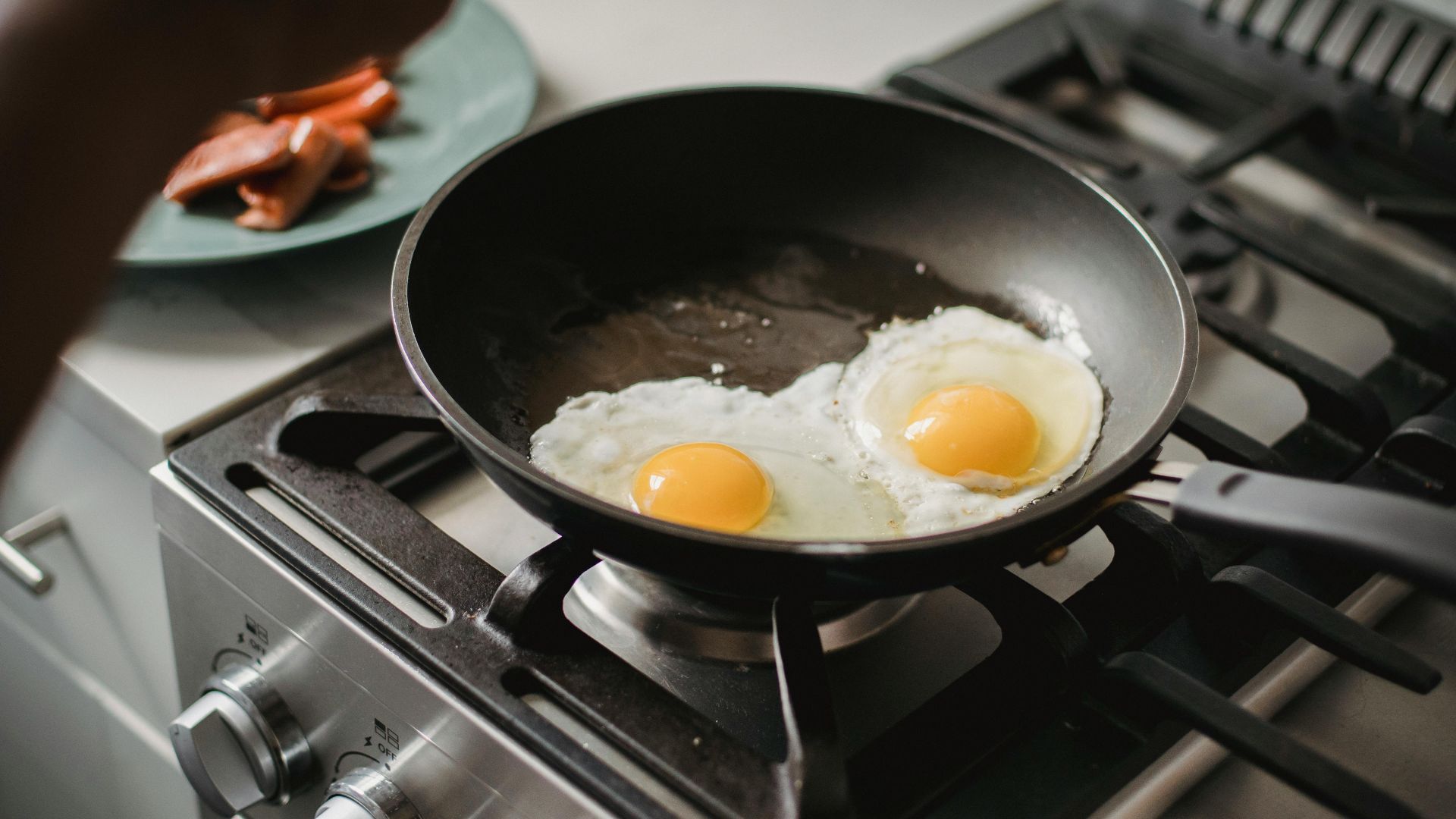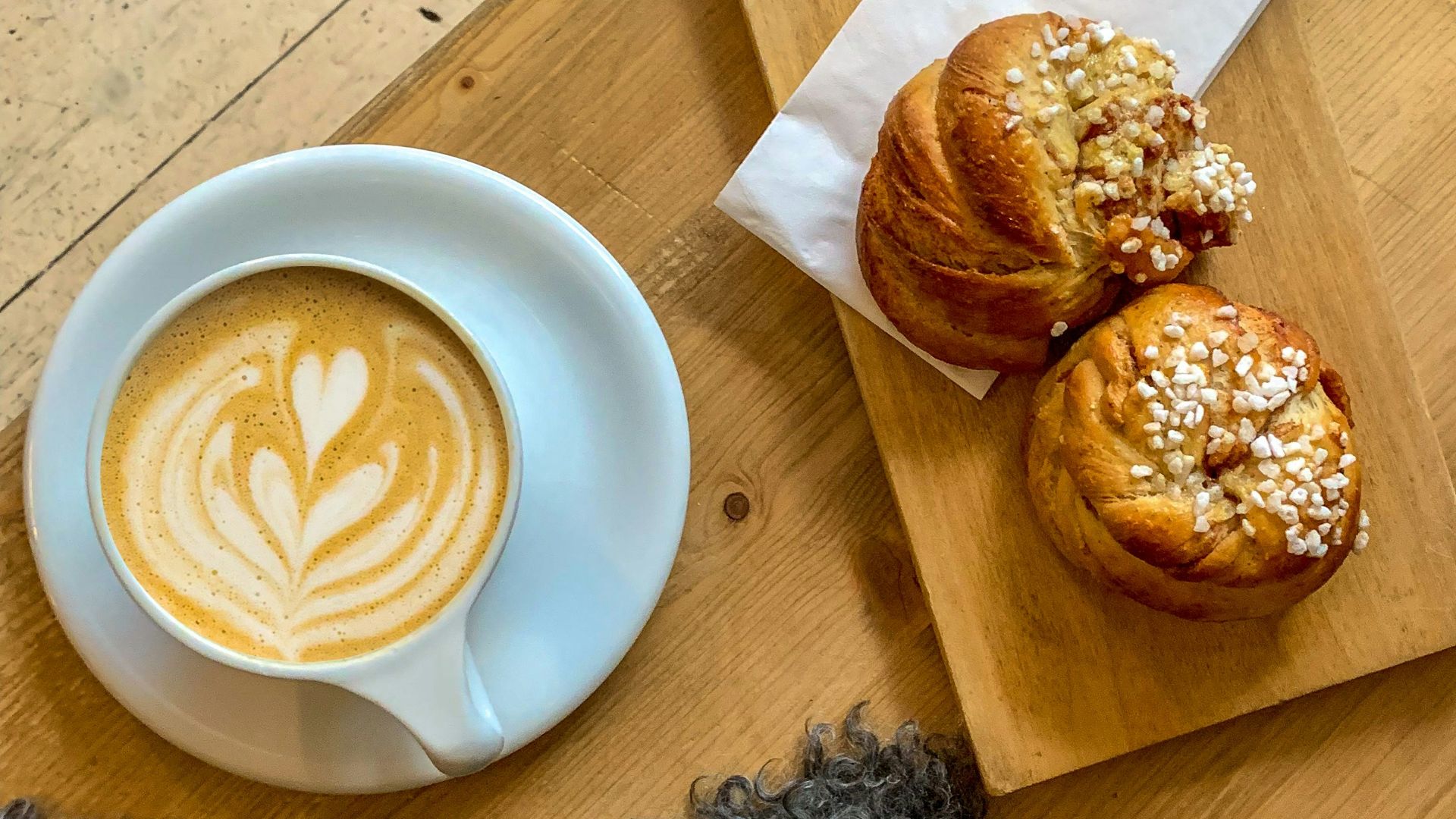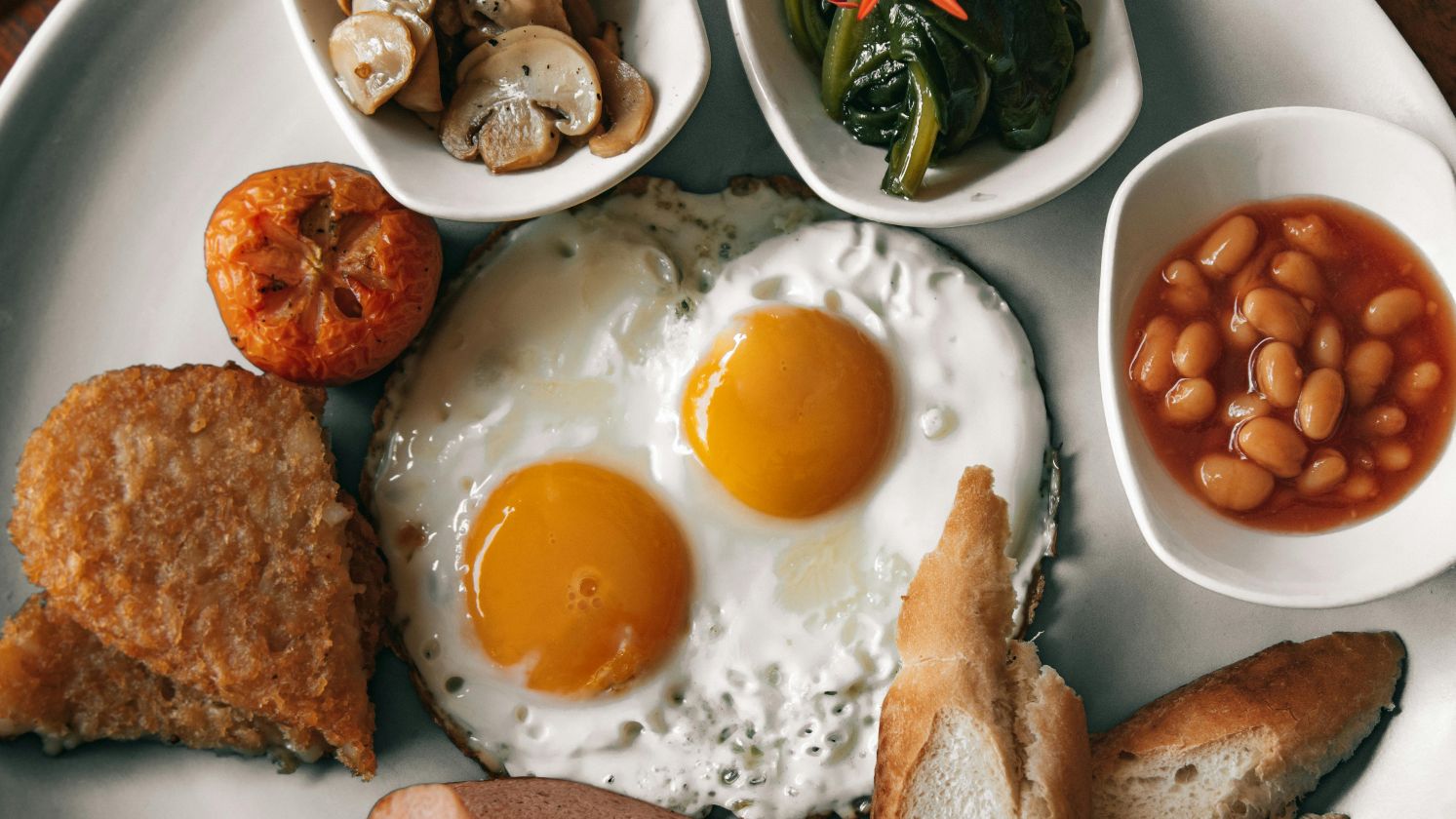There are few foods as universal and endlessly debatable as the egg. Every kitchen has its own ritual for how to make the perfect egg, and every cook swears their way is best. However you make it, the method says something about you: your patience, your hunger, and how much time you have before that first meeting of the day. So, let’s find out which method truly deserves the top spot on the breakfast podium.
The Traditional Route Ketut Subiyanto on Pexels
Ketut Subiyanto on Pexels
There's a reason why old tried and true methods still resonate today. The frying pan remains the most dependable way to cook eggs. Not only does it offer full control over temperature and timing, but it also rewards patience.
For fried eggs, a good nonstick or well-seasoned pan makes all the difference. On the other hand, sunny-side up eggs benefit from gentle heat and a bit of oil or butter to help the whites set evenly while keeping the yolk glossy and runny. If you prefer a firmer yolk, simply flip it for a few seconds to make it over-easy.
Scrambled eggs are yet another way the frying pan proves its worth, especially when cooked low and slow with gentle stirring. This produces soft, custardy curds instead of dry ones.
What sets the frying pan apart is clearly its versatility. It’s equally suited for omelets, baked-style eggs, or even lightly poached ones if you’re careful with the heat. While it does require more cleanup and attention, the flavor and texture payoff are hard to match.
Still, not everyone has the time for stovetop cooking, which is where the microwave steps in.
The Shortcut That Works
Often dismissed as a lazy option, the microwave is surprisingly capable. With the right technique, it handles everything from scrambled eggs to quick omelets—even poached eggs if you're careful. For busy mornings or office breakfasts, it's genuinely practical.
The trick is using short intervals and letting the egg rest afterward. Residual heat keeps cooking even after you stop the timer, so pulling it out slightly underdone prevents rubberiness. Timing varies by wattage, but once you nail it, you get consistent, mess-free results every time.
Although microwave eggs don’t have the crisp edges or buttery aroma of pan-fried versions, they deliver convenience without sacrificing too much quality.
The Key Takeaway
Choosing between the frying pan and the microwave depends on what matters most to you. The frying pan easily takes the top spot for flavor, texture, and versatility—it rewards patience with perfect results every time. The microwave comes in second, winning points for speed and convenience when time is short. Both methods have their place, but the real winner depends on whether you value taste or time more.
KEEP ON READING

The Secret Ingredients Chefs Won’t Tell You

Swedish Fika Is The Afternoon Treat You Need






